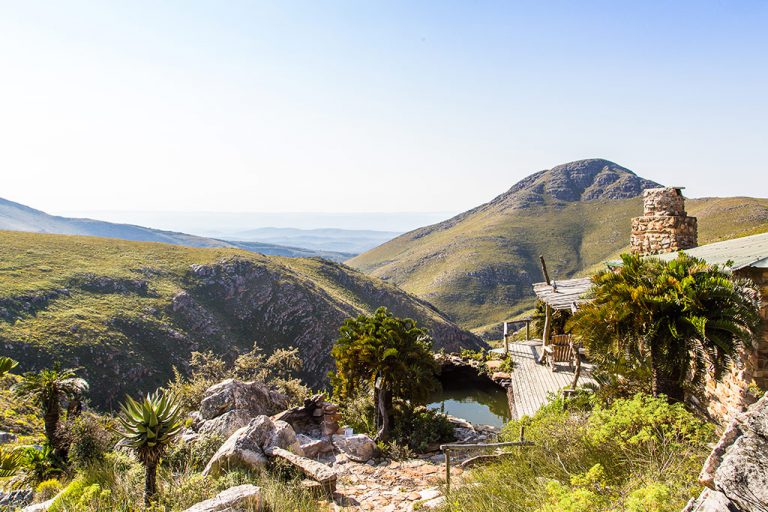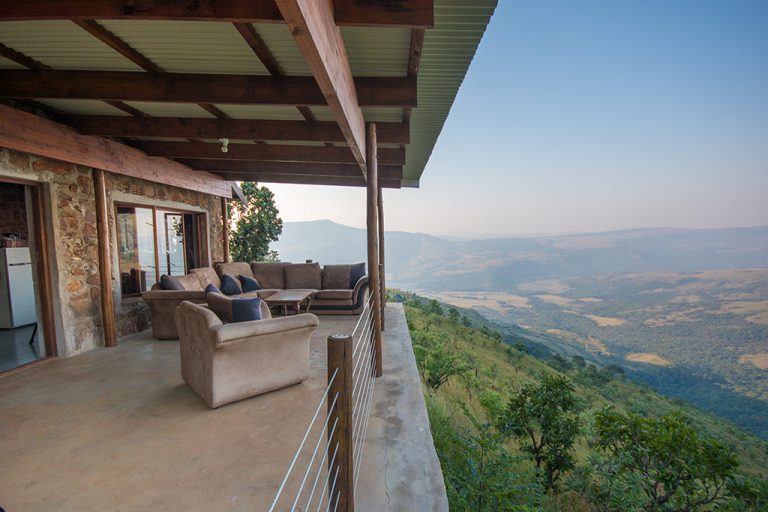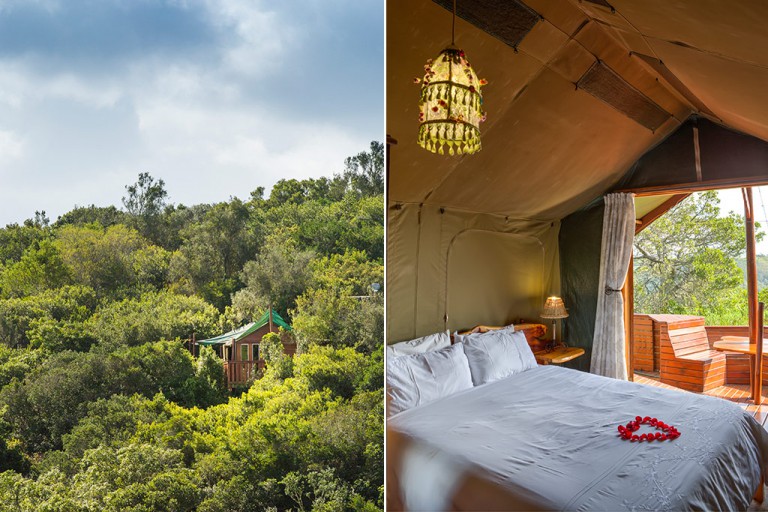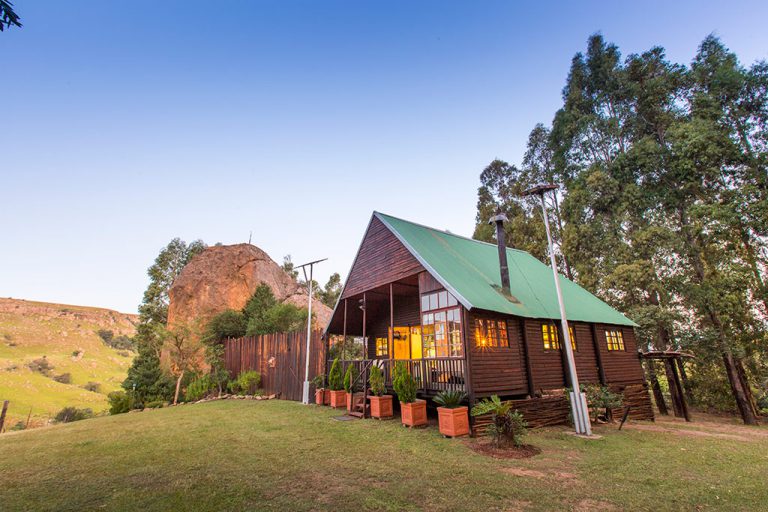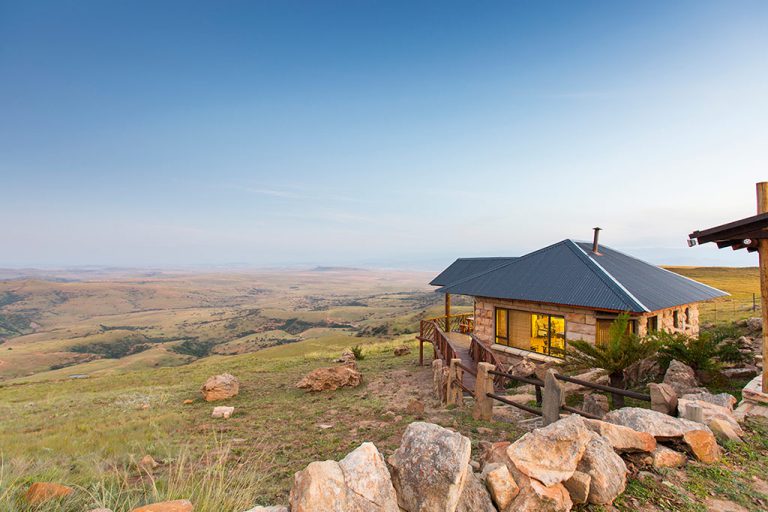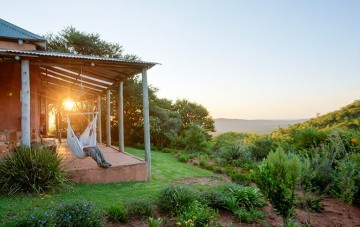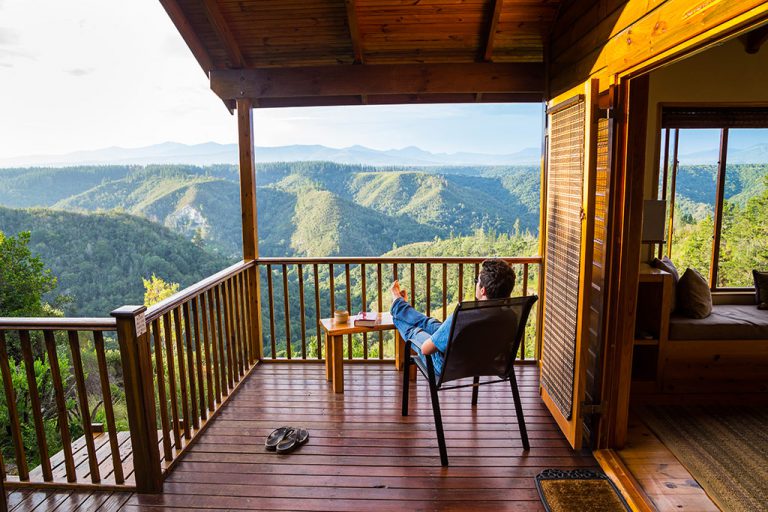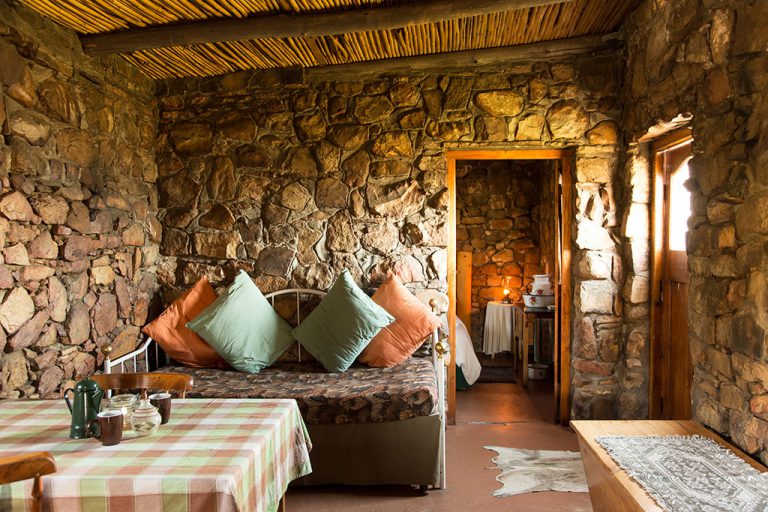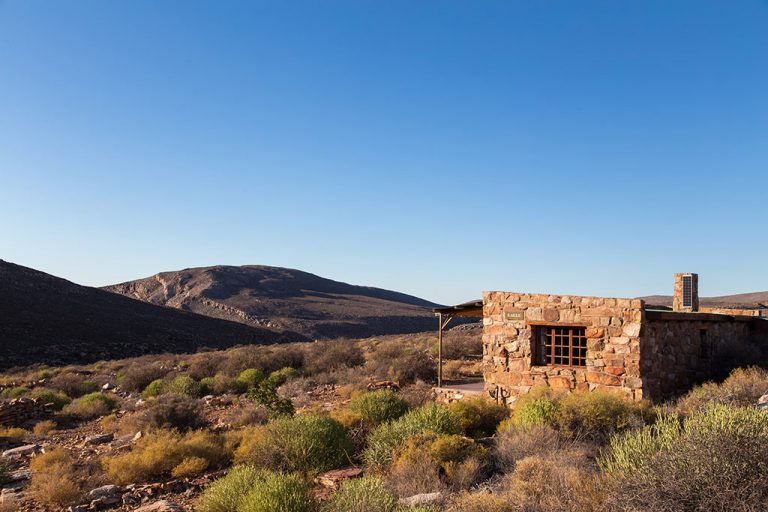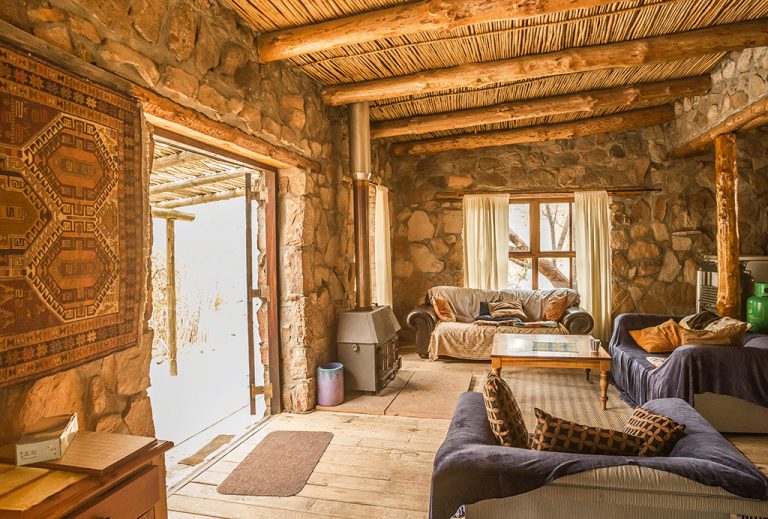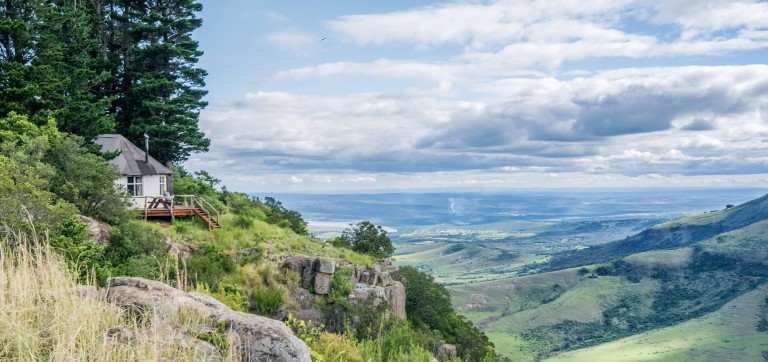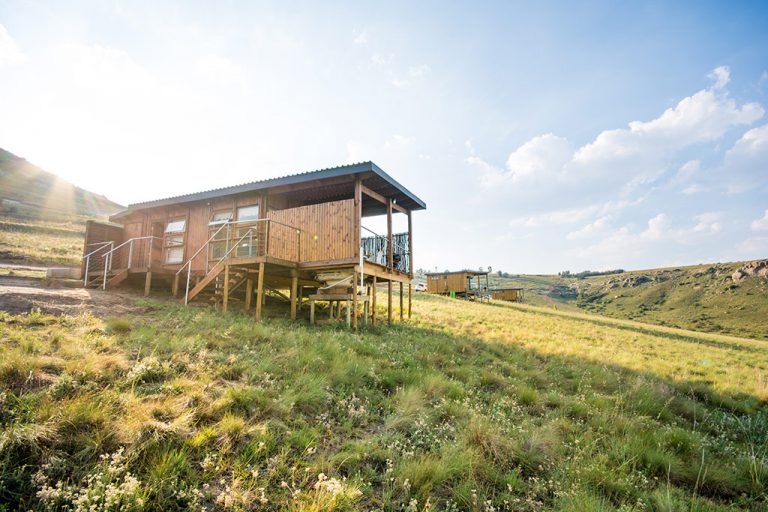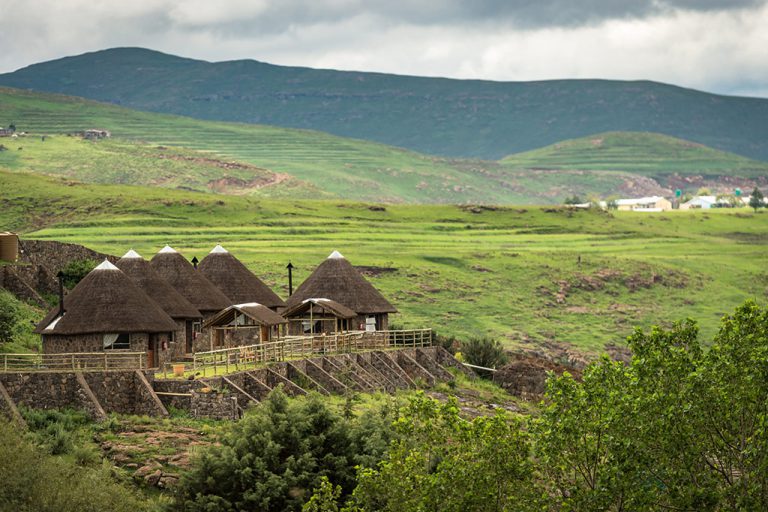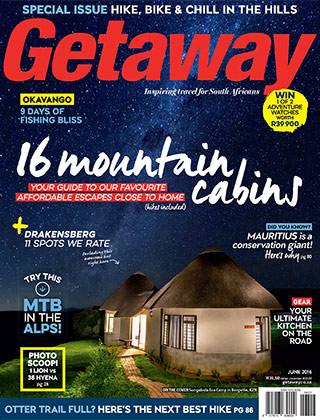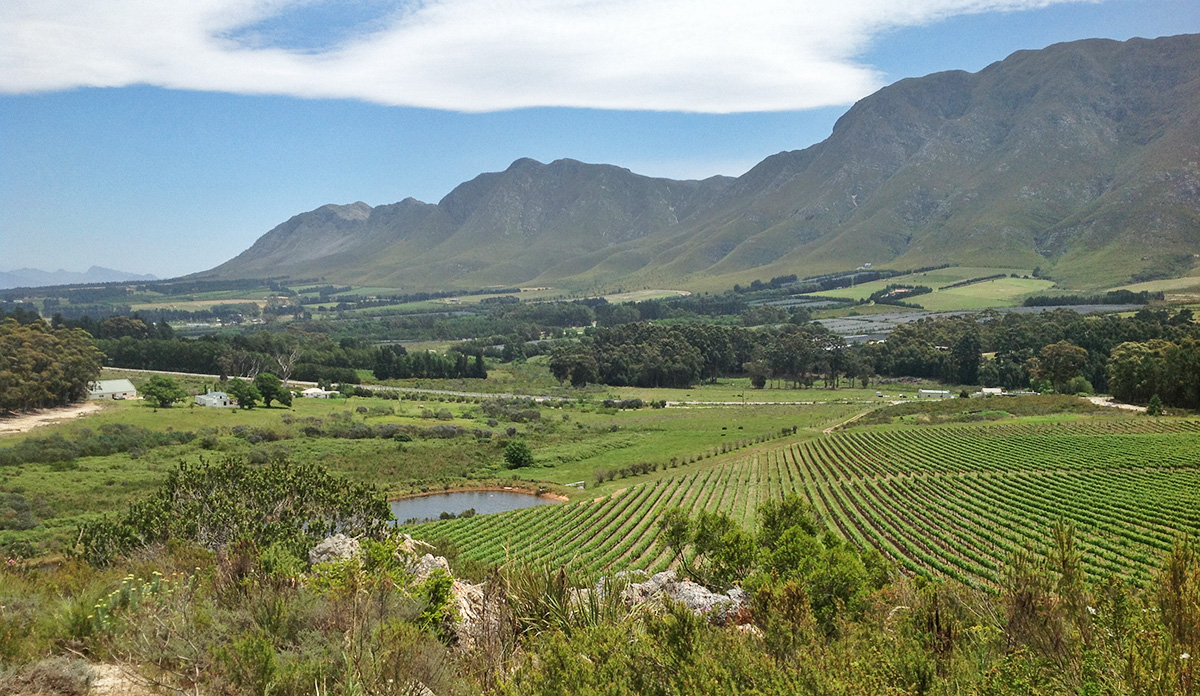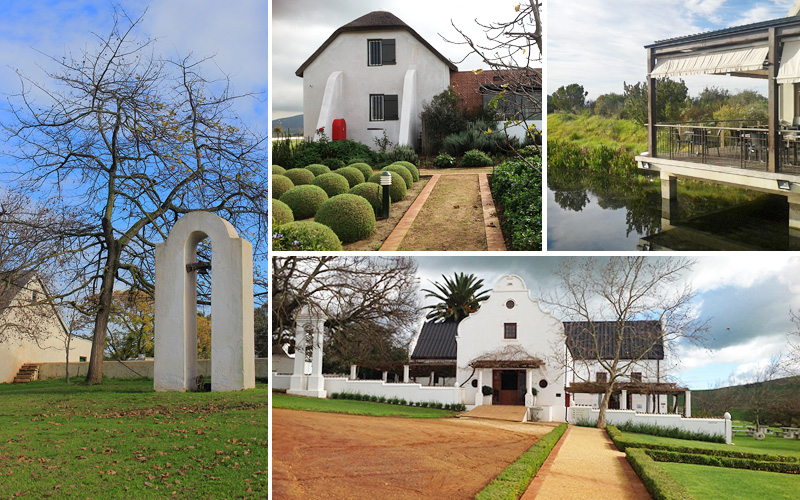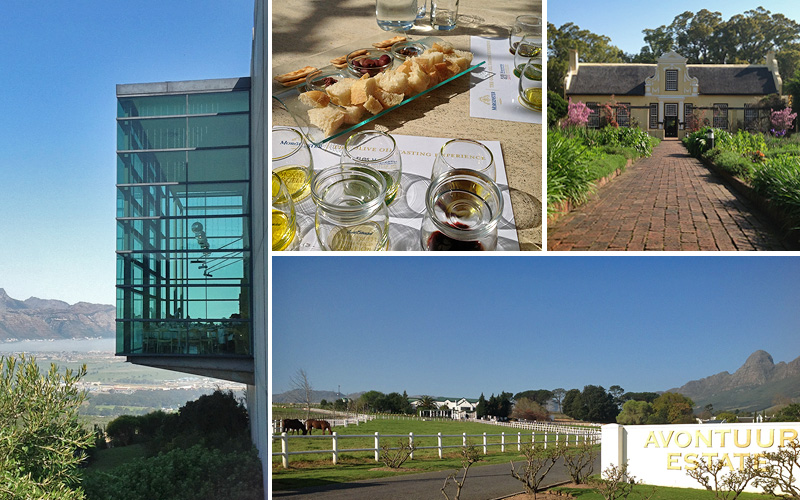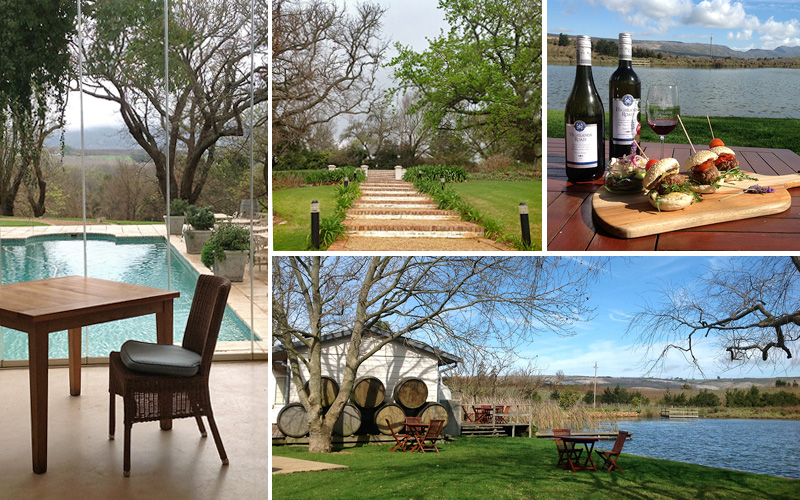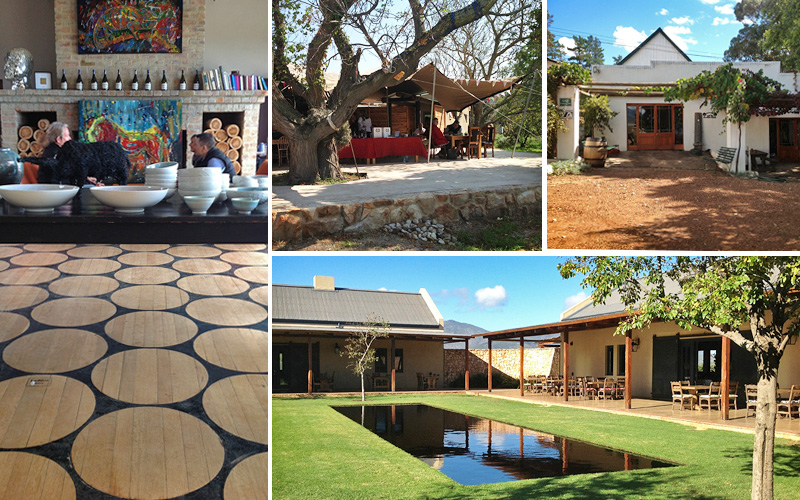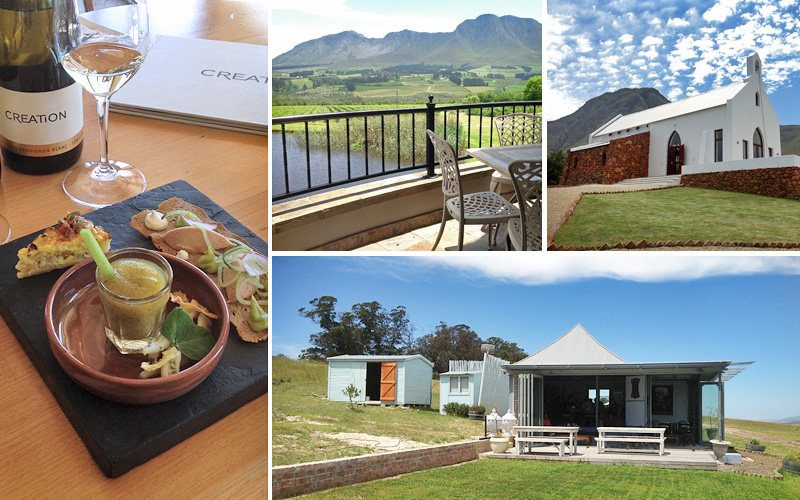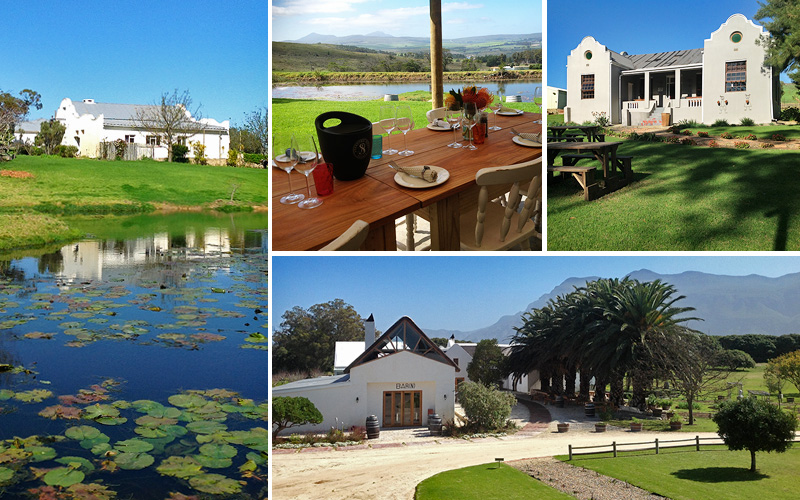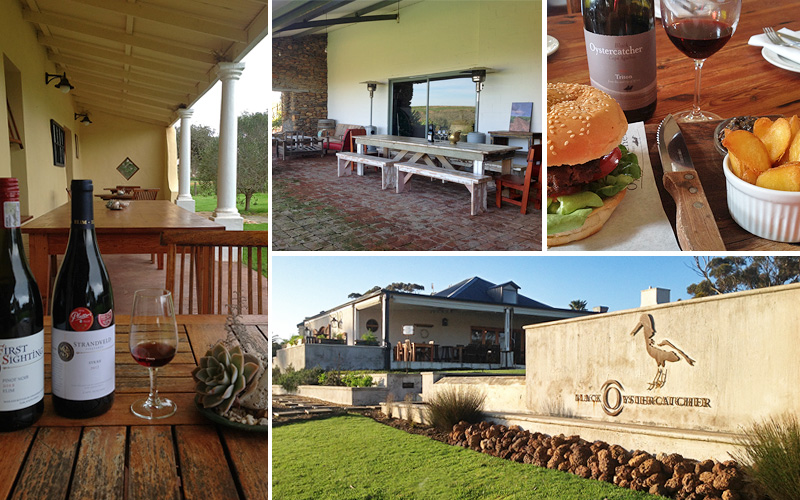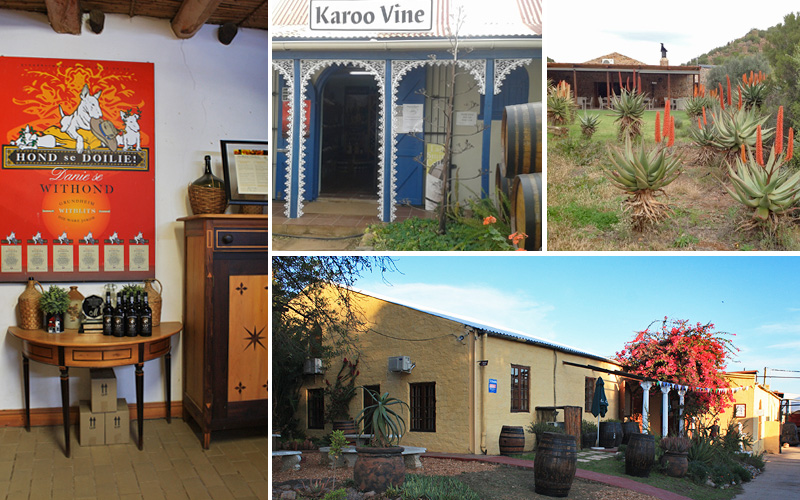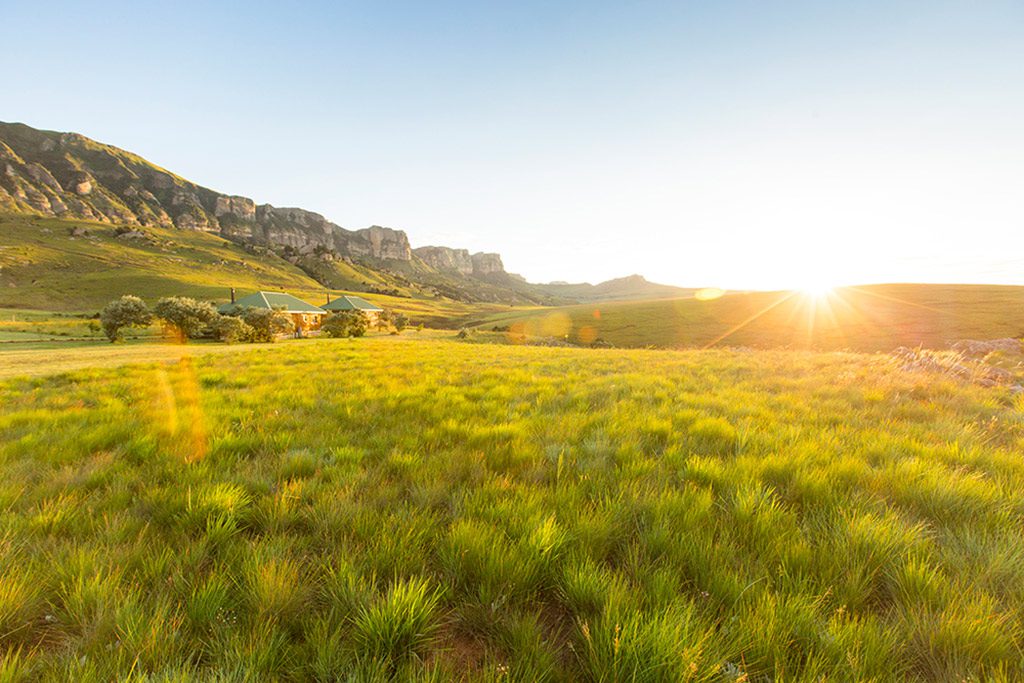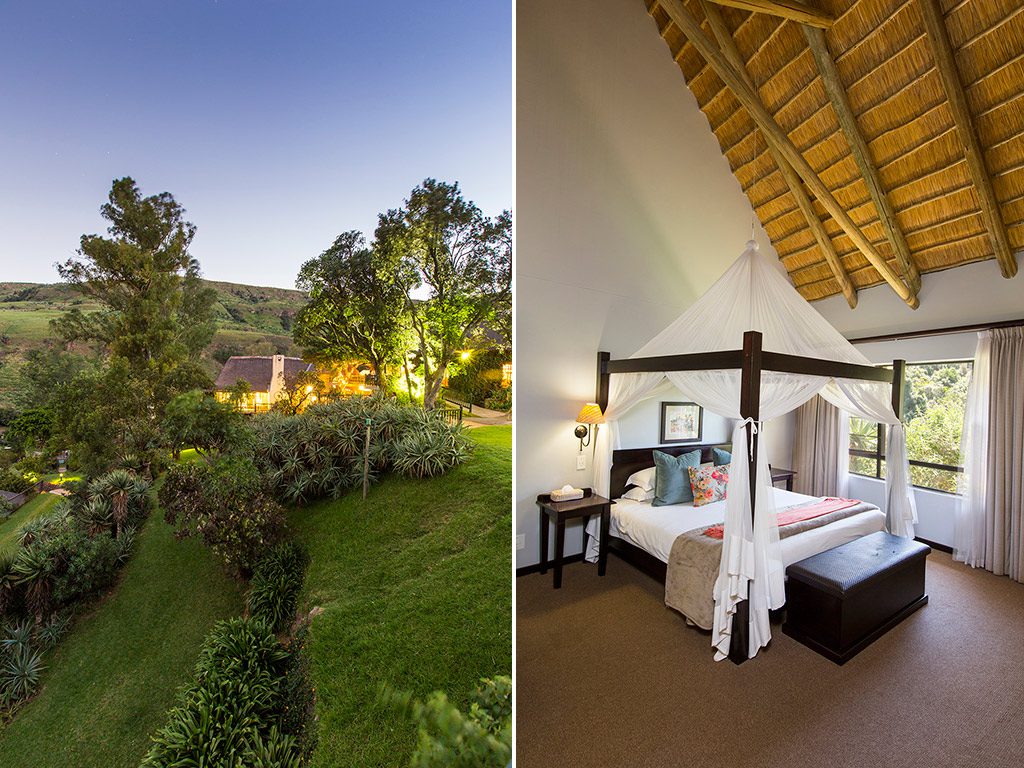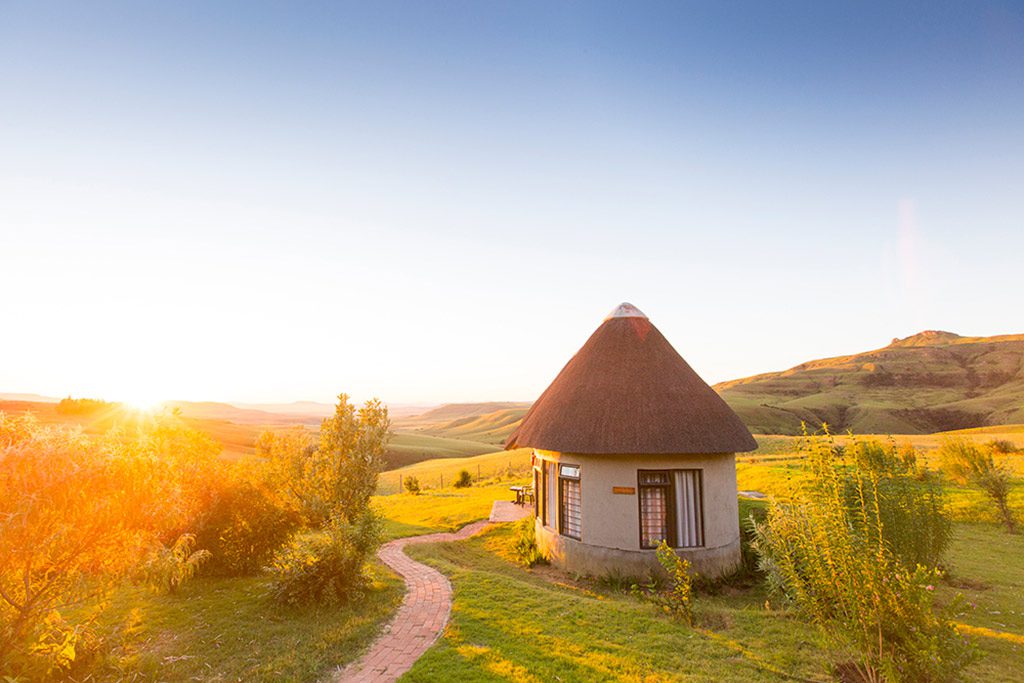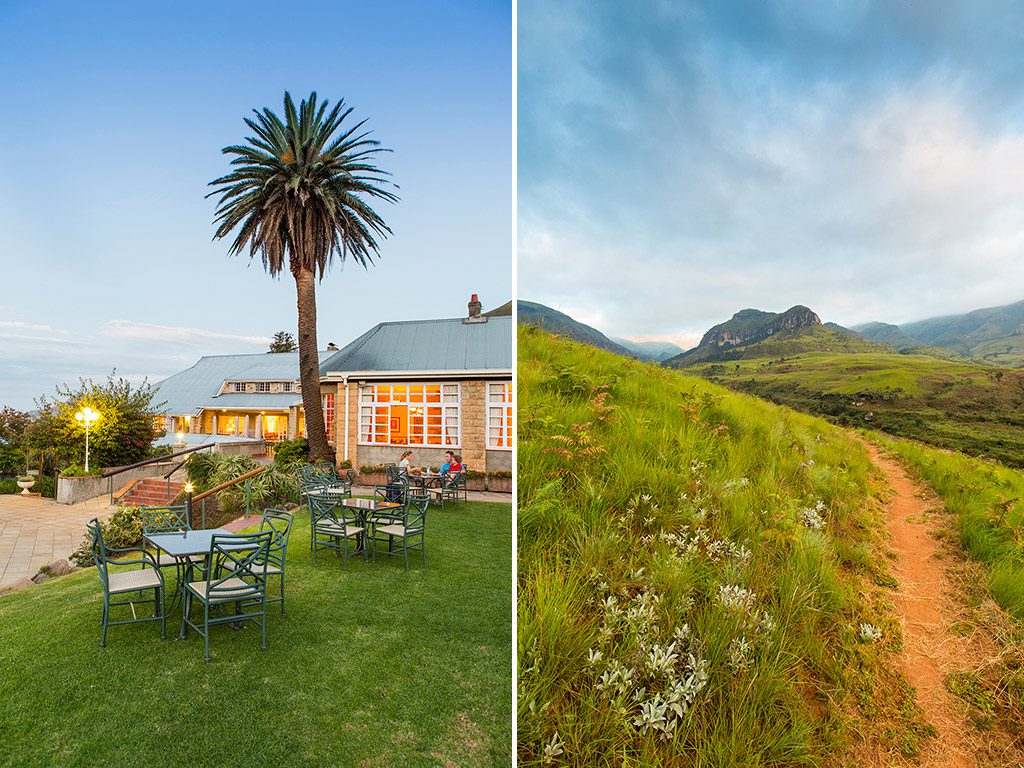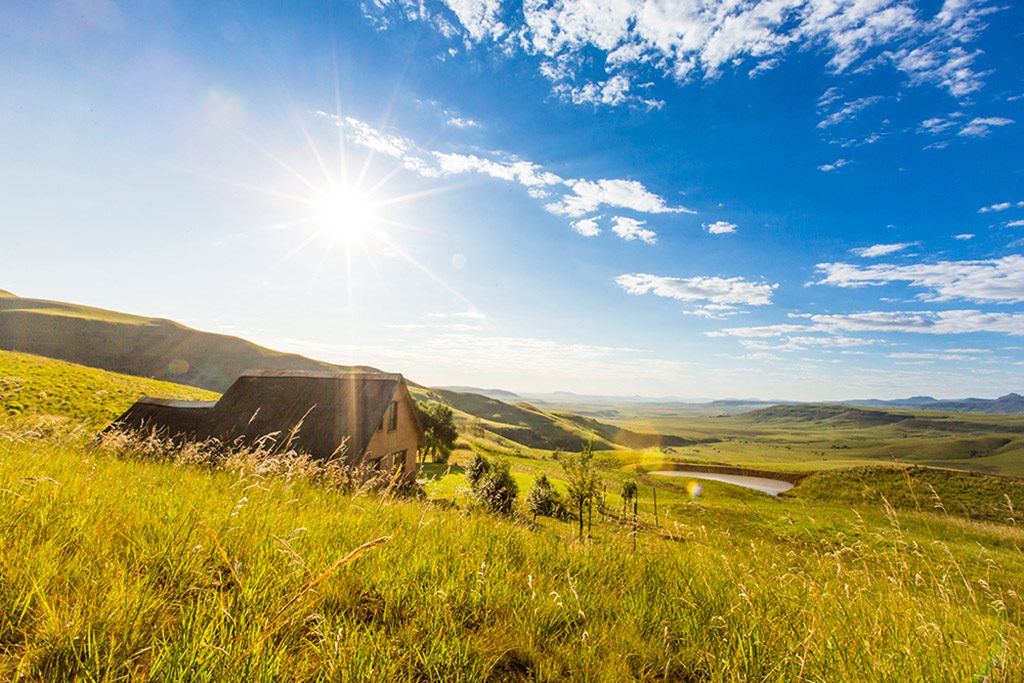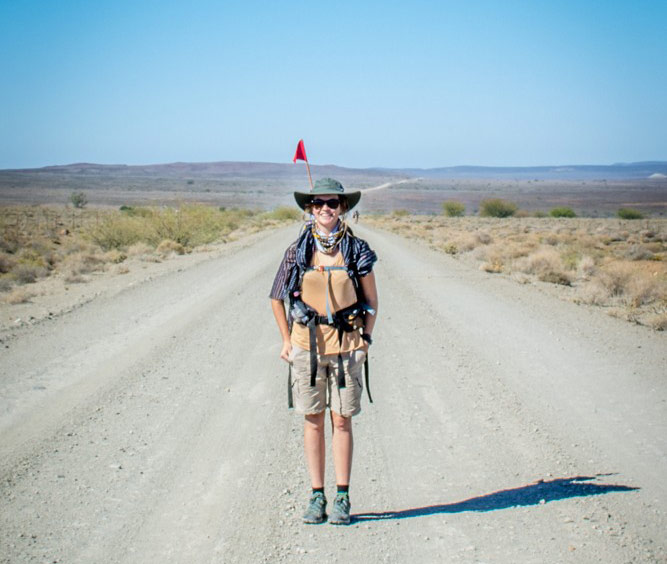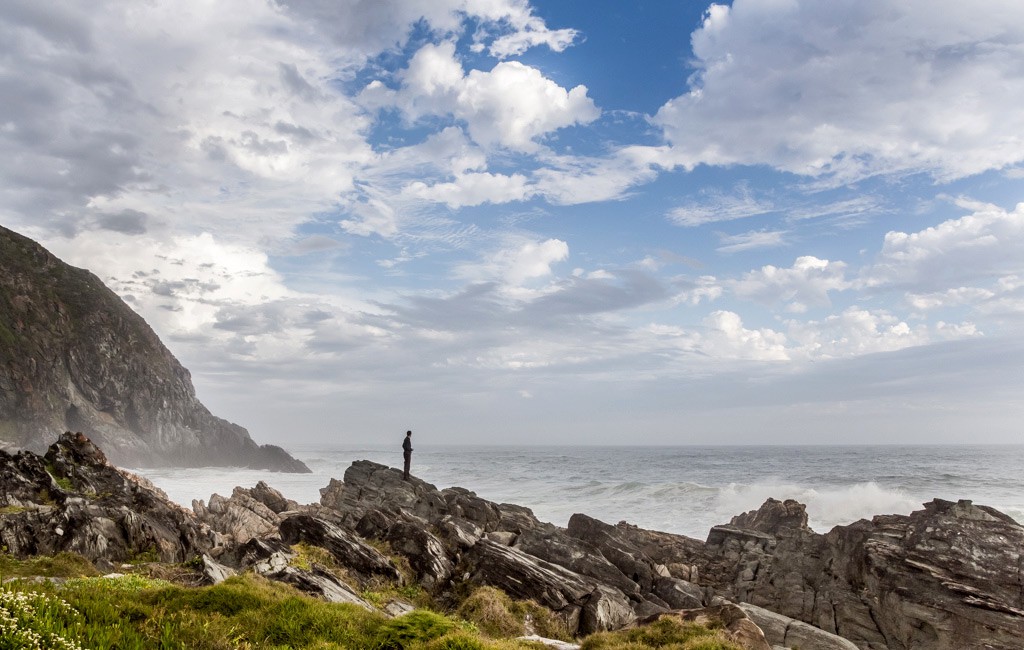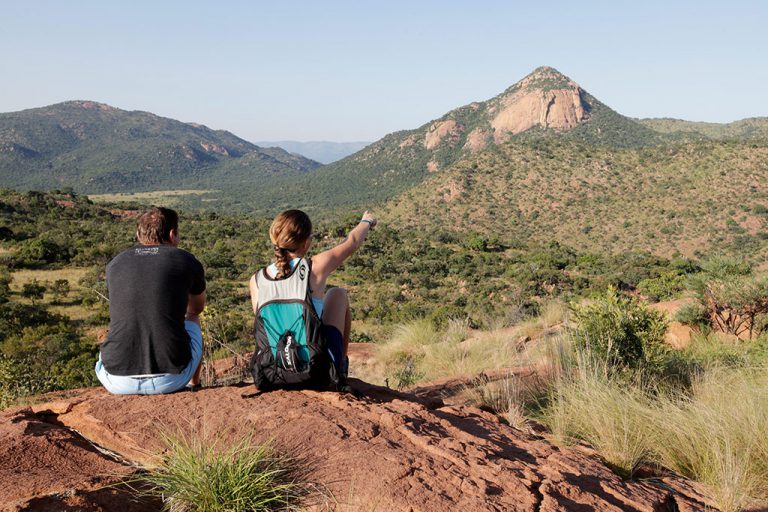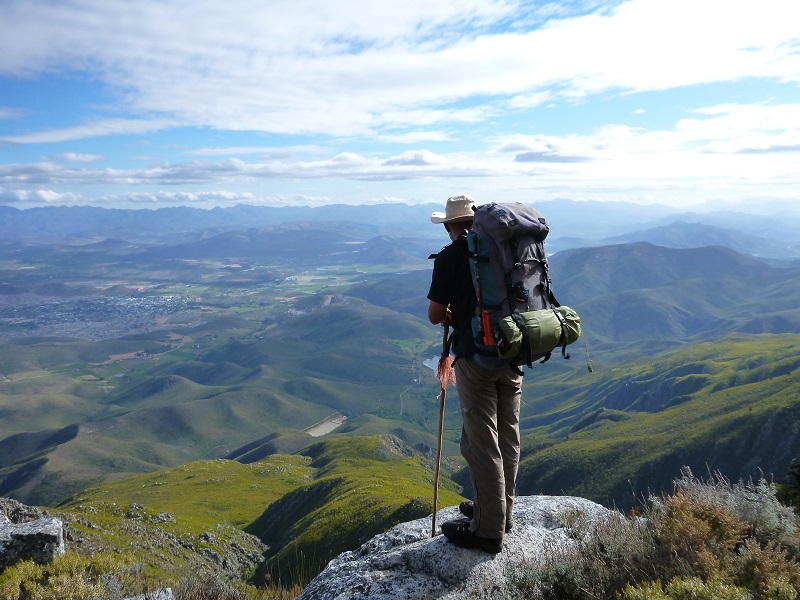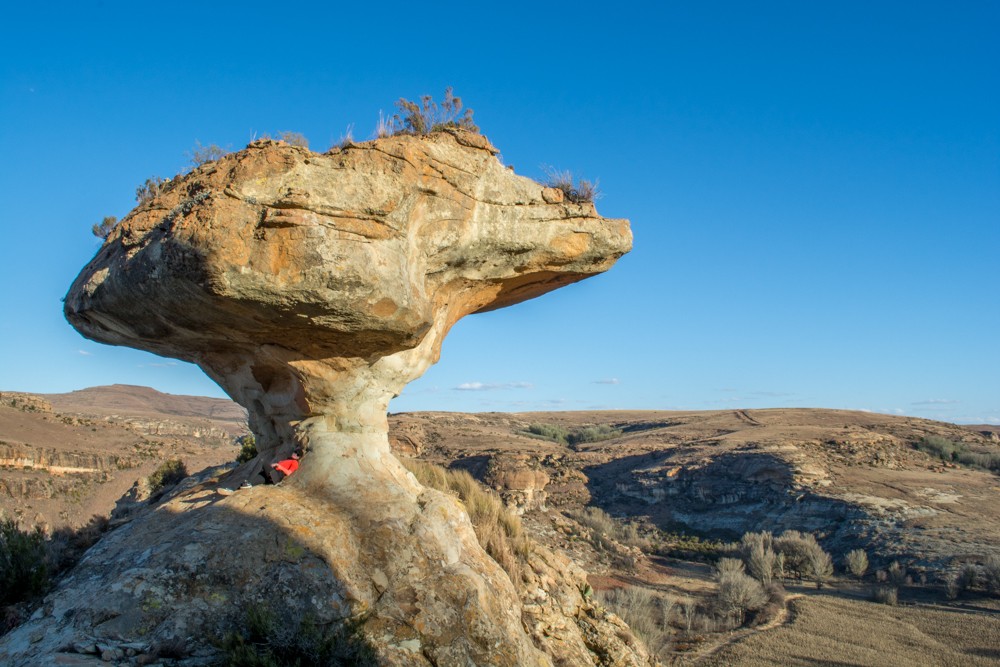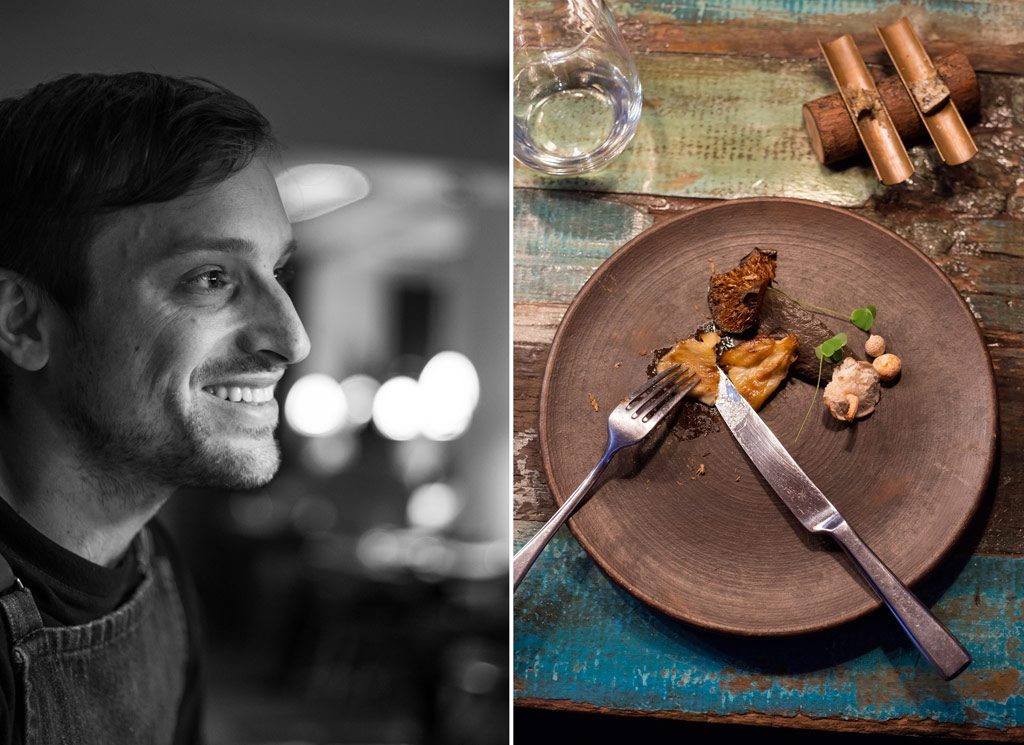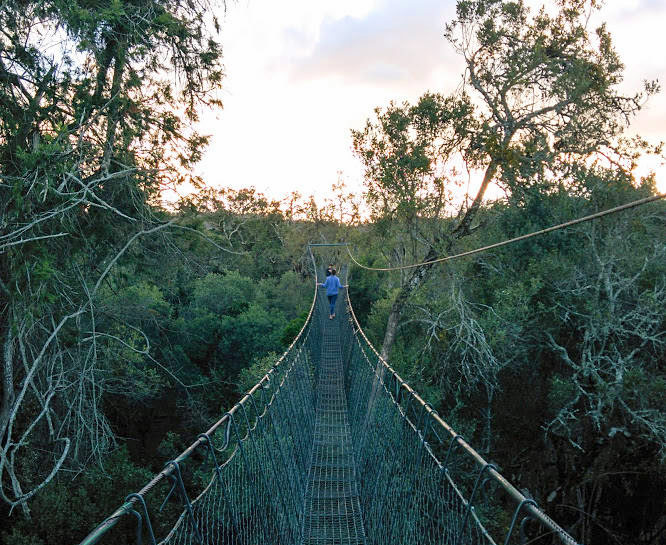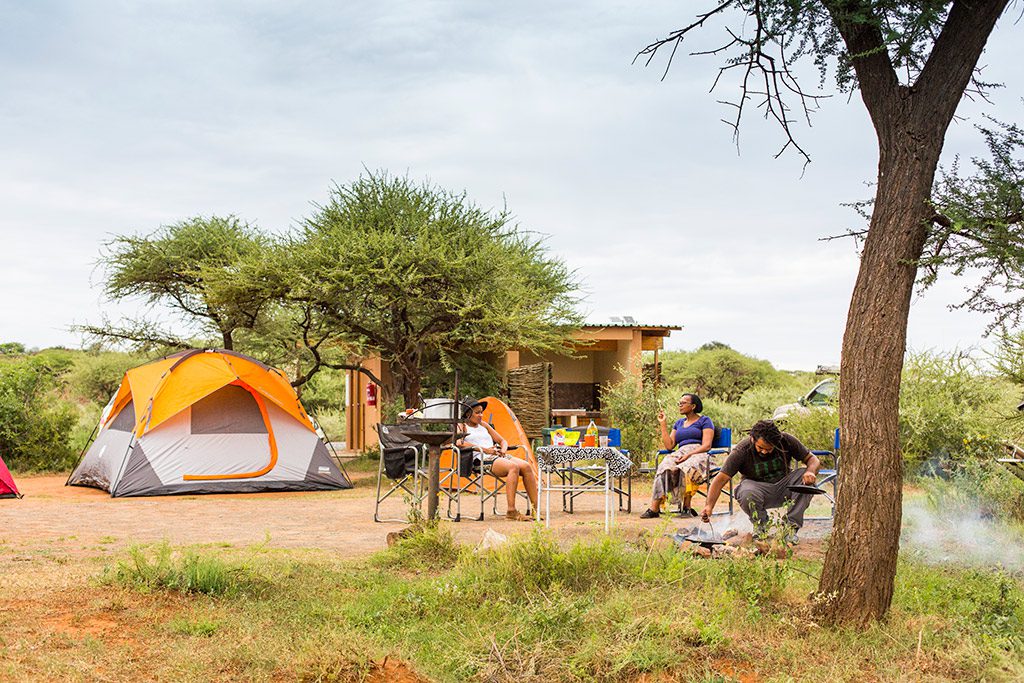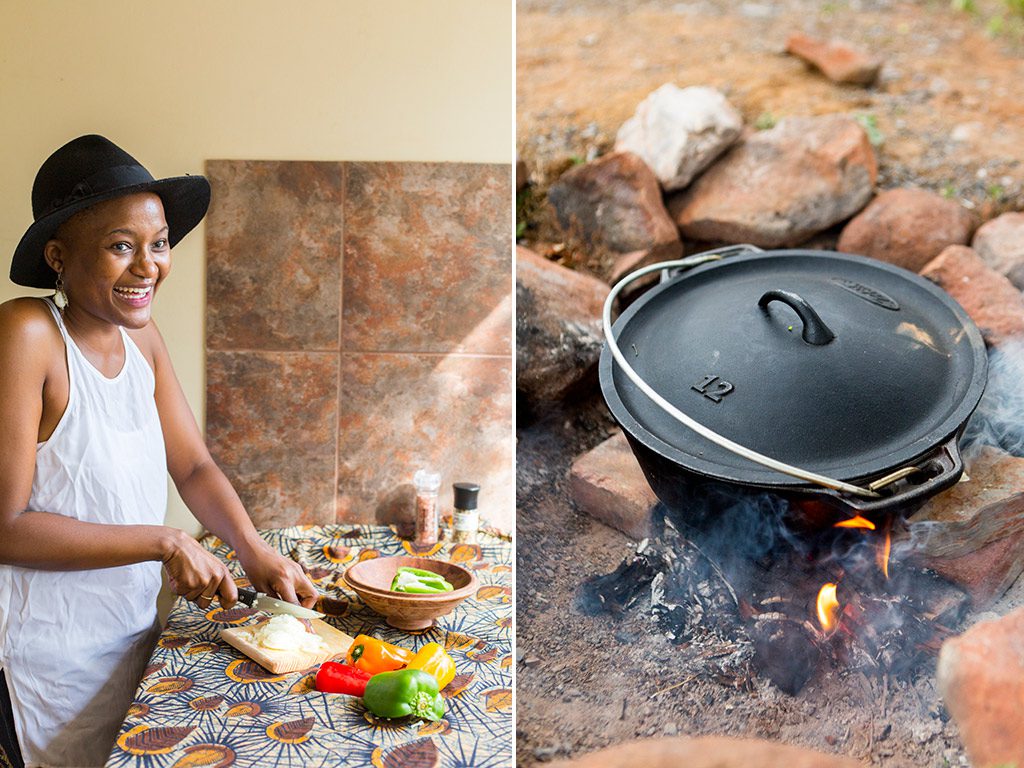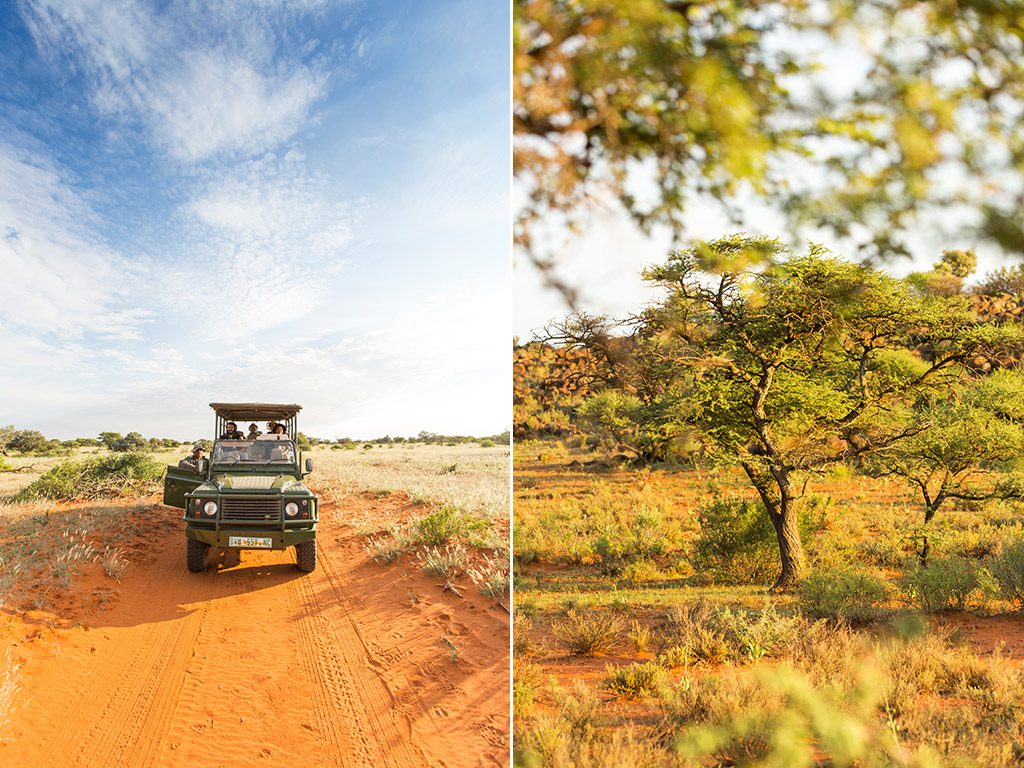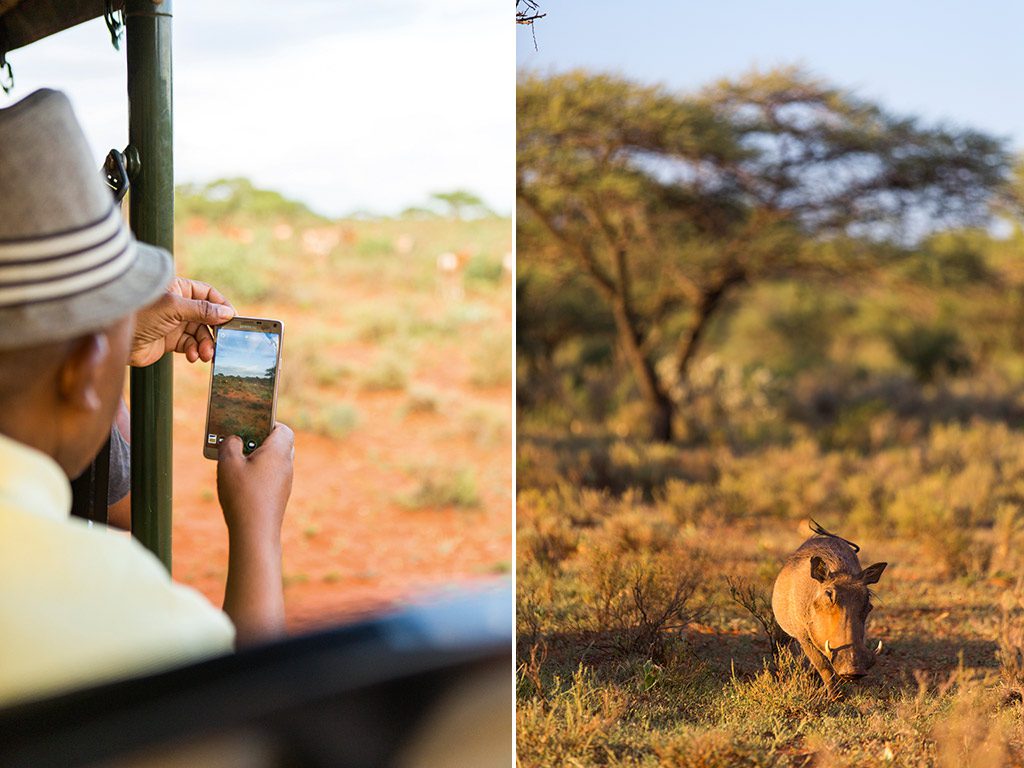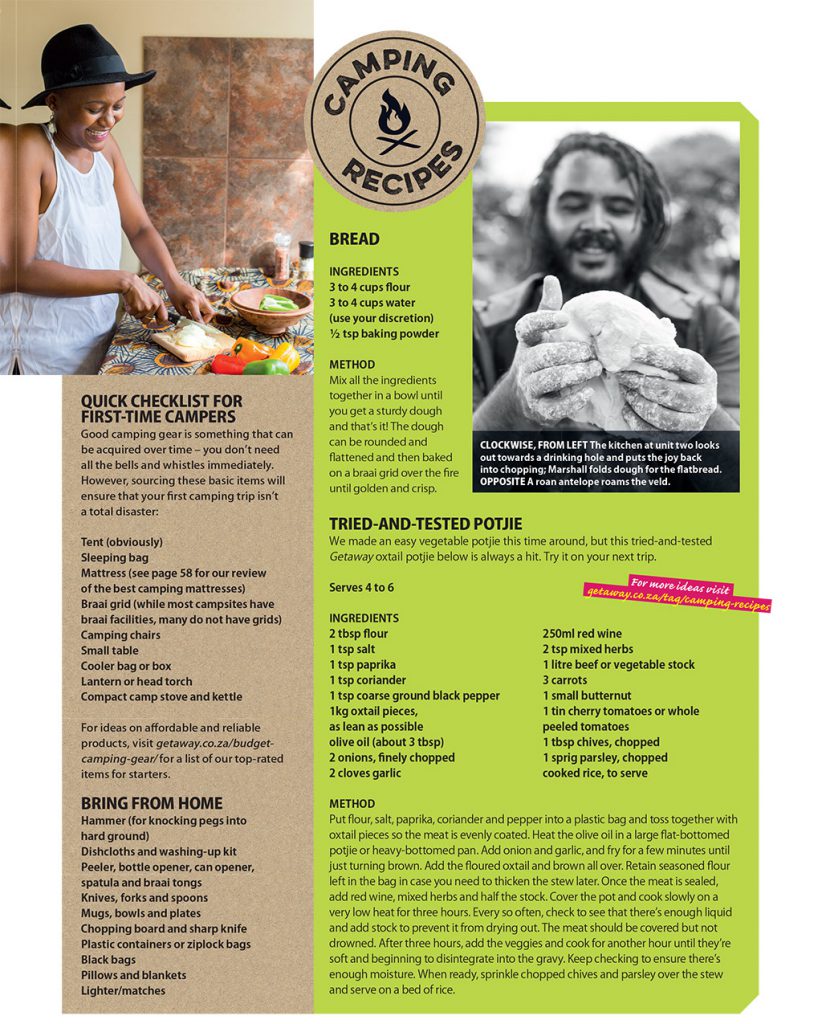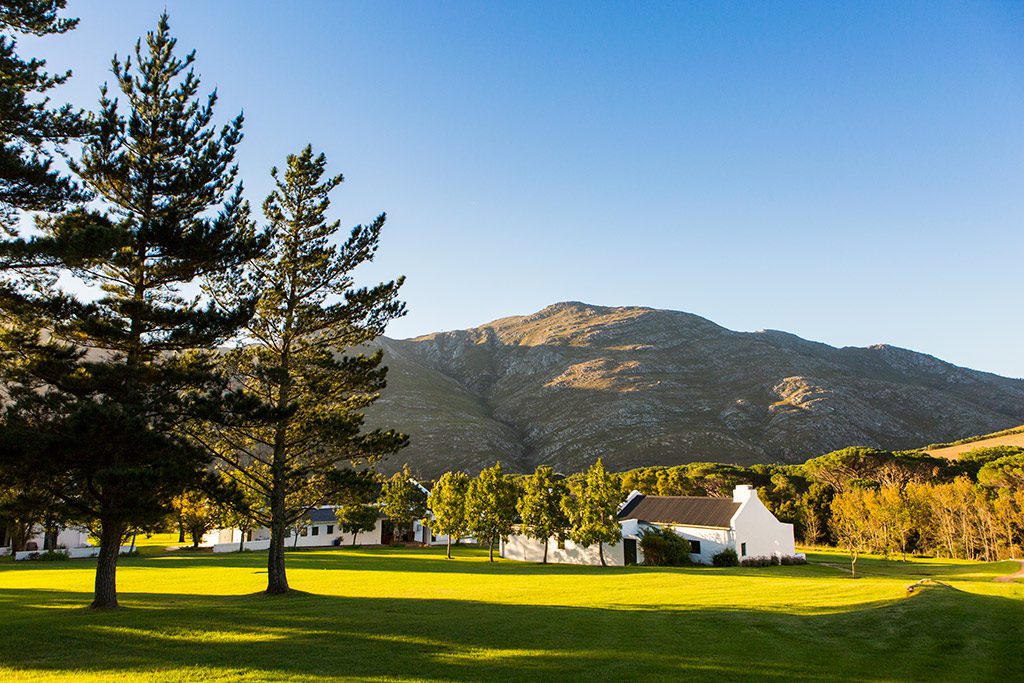
Travel has always played a significant role in the makeup of vast works of literature: in fact, I would go as far as arguing that there is no greater medium through which one travels across time, imagination and ideas than literature.
We spoke to some of our favourite South African writers about how their experiences of travel inform their work. And after this, I can confirm that indeed, to write, is in many ways to travel.
If you are around Cape Town between 7th and the 11th of September, make sure to catch all these fantastic writers at the Open Book Festival.
Here are 5 of the writers we spoke to in their own words:
Achille Mbembe
Achille Mbembe has written extensively on African history and politics, he writes columns for newspapers interrogating race and class, his work has been translated into various languages and editions. The Wits University Printing Press recently released an African Edition of his book, On The Post Colony.

Photo by Manuel Braun.
I travel even when I do not move physically. I love spending long hours alone in silence. This allows my mind to free itself from the weight of its surroundings, to wander and to explore reality. For me, this is part of what travel is all about. It is about releasing the soul from the shackles it is tethered to, the body included. The soul can then undertake a process of transfiguration before coming back to better reanimate the body.
What’s your ideal way to get out of the rut of routine and recharge?
Precisely by experiencing those deep moments when the mind is left to itself. The best thoughts I have ever had have come from those moments of silence. Without them, I cannot think or write. Sometimes I also let my mind float, as if I am flying above the elements. Otherwise, I love cooking. I am also a soccer addict. I can spend long hours on a couch watching soccer games on television.
What’s your fondest childhood travel memory?
It may not be the fondest but it is certainly the most dramatic. It was the first time I took the train. A cousin was getting married and the entire family had to attend the wedding. I was 6. Trains in those days were always full. People travelled with huge loads of things in containers of all kinds. During this first experience on the train, I travelled for 60 kilometres next to a goat. The poor fellow did not seem to mind. We then had to catch a bus to reach the locality where the wedding was taking place. The road was bumpy and dusty. The whole thing was so physically uncomfortable that my mother could not stop throwing up.
Check out Achille Mbembe’s talks at the Open Book Festival here.
Bongani Madondo
Bongani Madondo is author of the Hot Type (2007), I’m Not Your Weekend Special: Portraits on the Life and Style & Politics of Brenda Fassie (2014) and his most recent book, Sigh the Beloved Country which came out this year and promises readers a thrill of the South Afircan artistic landscape. Madondo has written for publications such as The New York Times, Rolling Stone, Sunday Times and Marie Claire. He is mostly known and celebrated for his social and artistic commentary.

Photo by Victor Dlamini.
Travelling and the imaginary, as well as futuristic time travelling, has shaped not only the writer I am but the spirit and person I am. I’m a travel writer in essence, even when I do not work in the packaged travel genre. My very writing… half, if not the entire scope of my new book ‘Sigh, the Beloved Country’ is basically premised on the concept of a writer as a travelling jester, intruder, out of towner or rock ‘n roll scribe tripping with some of the most mind-bending music bands of the time. I imagine I must have worked in a travelling circus in another life.
What’s your ideal way to break away from the demands of daily life?
Writers, at least this writer has no such luxury as to ‘break away from the demands of life’ if by that you mean a break away to a specific destination. My life revolves around the axis of stress, perpetual dance in the shadow of poverty, beauty, music, and two naughty children. It is a life filled by the mundanity of preparing kids for school, listening to any of Johnny Cash’s “American Series” albums and a 24-hour mad dash to meet this or that deadline. Being Middle Class can be both beautiful as well as spirit depriving experience. I’m fortunate though in that my wife allows me to go on these long trips around the country… just to clear up my thoughts and prepare for a new book or film or lecture.
What’s your fondest childhood travel memory?
Travelling in a Valiant, known colloquially as “Valaza 6-Mabone”, in my neck of the woods in the Pretoria and Hammanskraal area back in the early 1980s. My mom and a few of us little banana peels “stouters” will prepare days in advance, made sure our button down starched shirts are ironed and the lovely self-belt Huckleberry Finn style three-quarter suits are in good, dry clean quality shape and that our black kinky hair was shiny and smelled just as our flower bed in my granny’s house. All that for a local trip to visit our ailing granny Koppotjie Nkomo at the local hospital. The prize, of course, was the anxiety of having to wait for the Valiant down next to the local football grounds on a sunny Sunday, momma clad in a bell-shaped floral dress and rocking an African braided hair do they called a ‘plait.’ Fuck, it was magical.
My first longest trip was taking five buses apiece, in a relay style drop off and wait for another bus, to a place called Rugtesloot… I was 12 and it felt like I was heading to a place on the dark side of the moon. It was beautiful and scary. I was going on a midyear school break to visit a family friend… not even my friend… my mother’s friend!
Check out Bongani Madondo’s events at the Open Book Festival here.
Nakhane Toure
Nakhane Toure is a writer and musician, and his debut novel, Piggy Boy’s Blues, was published in 2015. Nakhane is also an award-winning musician with two albums out, Brave Confusion and his most recent, The Laughing Son which also came out in 2015.

Photo by The Con.
I think a big chunk of my novel occurs on the road. People travelling by car from city to city, and their experiences with that, whether it be for work or for leisure. When I was a child, and actually right up until I was in my late teens my family and I went on a lot of road trips. So for me, travel was always about the hardness of tarmac, landscape, praying that a tyre would not burst, listening to music while looking at the stars at night. That reverie – it’s almost cinematic – informed how I think, how I dream, how I work on ideas. Just sitting there in one space, waiting for something good to happen.
How do you break out of daily routine to recharge?
I’ve recently started taking part in a class run by Paige Holmes at the Dance Factory called Body Wisdom. It’s a voice and body movement class that uses a lot of Arthur Lessac practices. It’s essentially a class for performers to find a place in their body that is original within them, harness that, develop it and to make sure that the performer does not burn out. It involves quite a bit of meditation and yogic exercises. That has been my saviour recently. I’ve got a very very busy head.
Where do you mostly prefer to write and why?
Alone, in a room where there is complete silence. I’m distracted quite easily, so I have to be willful in getting myself away from people or things that can distract me. Also, when I’m in that space I know that I only have one objective here, and that is to work.
Check out Nakhane Toure’s events at the Open Book Festival here.
Rebecca Davis
Rebecca Davis contributes for the Daily Maverick, the Mail & Guardian and the Sunday Times. Her first book, Best White and Other Anxious Delusions, was published in 2015. She is well known and celebrated for social commentary with a touch of wit and humour.

I think being fortunate enough to have had exposure to worlds beyond South Africa has been extremely beneficial to my perspective as a writer. It’s so easy to get consumed by this country, in all its good and bad, and we tend to forget that many of our challenges and successes are not as exceptional as we think. When I travel I also always look forward to gaining more of an understanding of how the rest of the world sees us. On a more basic level, travel almost always makes for good writing fodder – and when you’re required to produce a lot of content, that helps! I do feel extraordinarily lucky to have visited some really memorable places, from a floating village in Nigeria to a gay old-age home in Sweden to a nightclub in Ibiza where they flooded the place with water at midnight and we all swam around fully clothed…
What’s your fondest childhood travel memory?
Like many families, we used to go to the same spot on holiday every year: to Wilderness, on the Garden Route. I still think it’s one of the most spectacular spots in South Africa, and the winding route that takes you there is magnificent.
What is your favourite place in South Africa to visit & why?
There’s a little town called Barrydale outside the Karoo which is one of my favourite getaways. There is almost literally nothing to do there, which is precisely its appeal. It is so peaceful that you basically start yawning as you drive in.
Check out Rebecca Davis’s talks at Open Book Festival here.
Yolisa Qunta
Yolisa Qunta is an associate editor at JucyAfrica and a regular columnist for allforwomen.co.za. Yolisa spent her formative years in Zimbabwe and Botswana as a child to political exiles and returned to South Africa with her family upon the country’s first democratic elections. She compiled a collection of essays by young South Africans on what it means to live in South Africa today, ‘Writing what we like: A new generation speaks“, published earlier this year.

Travel is very liberating in the sense that when you are away from the familiar you have the freedom to become someone else should you choose to. On the other side of the world where nobody knows you a little reinvention is actually a great idea. When I’m outside South Africa I like the idea of being anonymous and asking the locals the sort of direct questions I can get away with as a curious tourist. I scribble some highlights in my journal when I’m on a trip. But mostly I wait till I’m home and all the impressions, textures and sensations are in some orderly fashion mentally then I write away.
What is your favourite place in South Africa to visit & why?
I can never get enough of Durban. The fact that the water is warm enough to swim in is a winner as I live in Cape Town and that doesn’t happen here. The food is amazing, the locals are awesome and the scenery makes you dream a little. Also, those parties that carry on until dawn…
What’s your fondest childhood travel memory?
The first time I ever flew on a plane: we were travelling from Botswana to Zimbabwe as unaccompanied minors. We got to meet the pilots and look at the cockpit. I found the air hostesses incredibly glamourous and the whole experience thrilled me. Even airline food was a novelty.
Check out Yolisa Qunta’s events at the Open Book Festival here.
This article, 5 South African writers on how travel inspires their writing, was originally posted on the Getaway Blog by Welcome Lishivha.

































